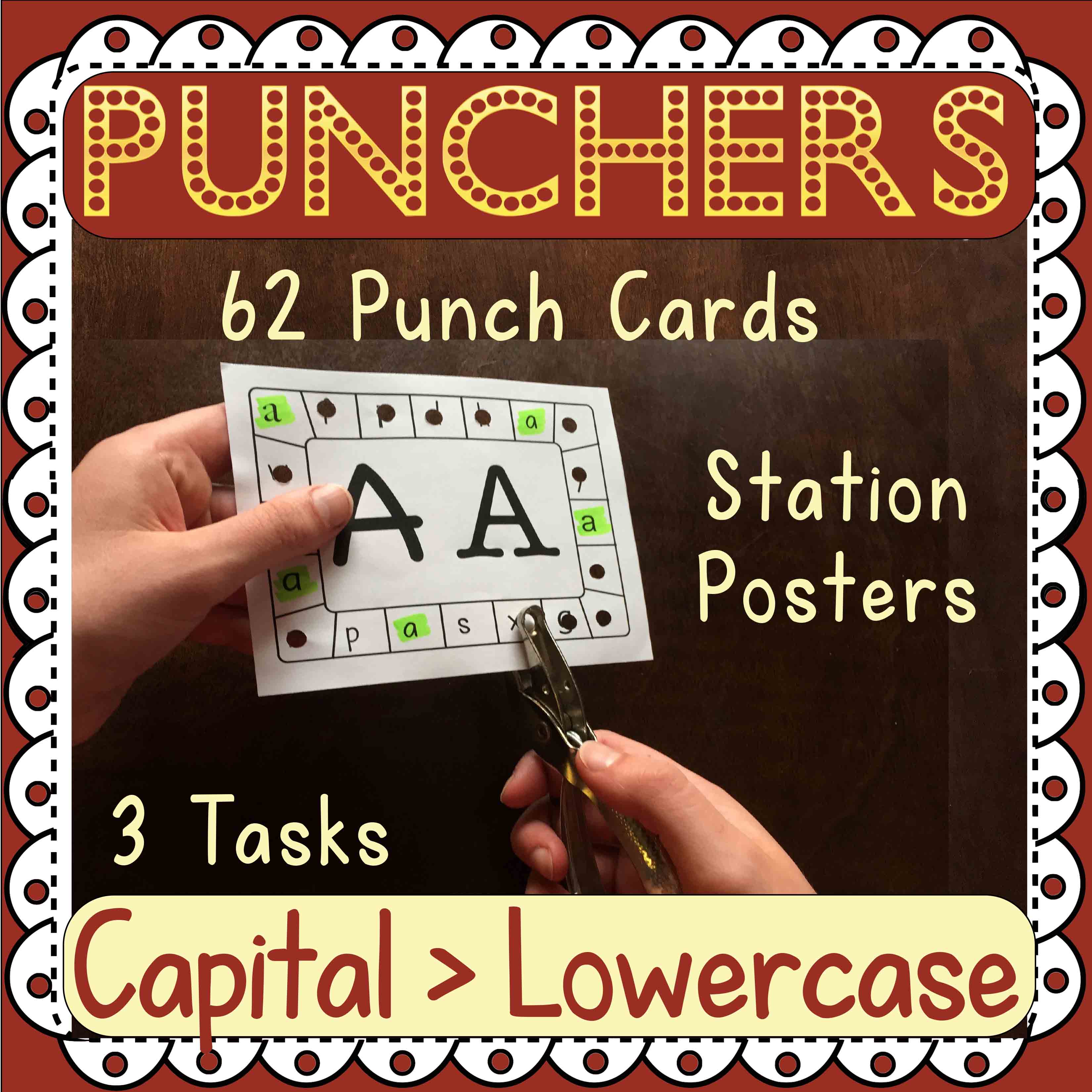So what are the fine motor skills that give young children such a serious academic advantage?
Last time we talked about how children with good fine motor skills are most likely to succeed with academic challenges in K to 3rd grade. This time we will look at specific skills. If you are a parent or teacher, when you think ‘fine motor,’ you probably think of holding a pencil, forming the letters accurately, drawing so that others understand the representation, and cutting precisely.
As an occupational therapist, I agree, pencil skills and scissors use are great examples of functional fine motor skills and end products of skilled fine motor control. But let’s look a little deeper.
Fine motor Building Blocks are the underlying skills that are needed to support hand and finger movement. Here are some examples:

- Building core body strength to maintain a stable base to support movement (such as sitting tall when writing)
- Using eye muscles to track movement
- Using eyes to efficiently shift gaze between objects (two or more places)
- Perceiving shape and space by use of vision
- Using executive functioning skills to sustain attention, plan, implement flexibility in using a plan, use working memory, and using self-control
From an Occupational Therapy perspective, the implementation of fine motor tasks is built upon multiple Component Skills. Here some of the most critical:
- Developing both a dominant hand and a helper/ stabilizing hand
- Coordinating both sides of the body to do similar (symmetrical) actions
- Coordinating both sides of the body to do asymmetrical actions
- Perceiving shape and texture by touch
- Controlling individual fingers to move precisely and independently from each other
- Efficiently moving small objects into and out of the hand
- Efficiently moving objects without having to rely on the use of vision
- Coordinating vision and movement
- Using both proprioceptive (feeling one’s own position without needing to look) and kinesthetic (feeling one’s own movement without needing to look) feedback to adjust and correct pressure and movement
- Building hand strength adequate to maintain a pencil grasp, to push, and to adjust the necessary force
Because you are interested in helping your child, student, or client build fine motor skills check out these
Print Path Fine Motor FREEBIEs:
Be sure not to miss these Print Path Fine Motor Resources:
If you are an OT and want to optimize your Fine Motor Evaluations give this one a try!
![]()
[inlinkz_linkup id=770300 mode=1]










Great information on fine motor skills. Thank you for sharing!
Such a helpful post with so much useful information. Thanks for sharing.
I teach fourth grade but some of my students could use this! Thanks!